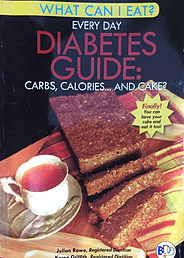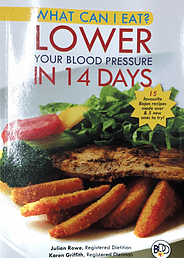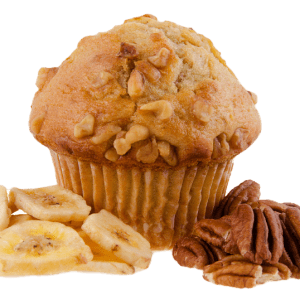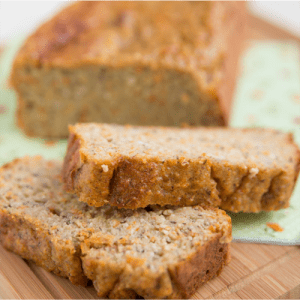How high your blood glucose levels actually rise depends mainly on the amount of carbohydrate foods you eat or drink and how close together the foods or beverages are taken.
Carbohydrates can be found in starches, fruits, milk, yogurt, legumes (peas, beans and nuts), vegetables and sweets. Here we discuss three sources:
- Starches
These foods are the main source of carbohydrates in the diet. Whole grains and provisions are also sources of fiber, which can help slow the rise in blood glucose after meals and can also help lower blood pressure and cholesterol.
Sources: bread, crackers/biscuits, ground provisions, pastas

- Fruits
Fruits are rich sources of vitamin C, potassium and fiber. They contain the same amount of carbohydrates per serving as the starches and make great snacks. However, excessive amounts of fruit will cause blood glucose to go to high. Aim for 2-4 servings of fruit daily.

Link 2: https://pixabay.com/photos/fruit-basket-grapes-apples-pears-1114060/
- Milk and yogurt
Milk and yogurt are rich in calcium, which is important for normal blood pressure. Fat-free and low-fat varieties are better choices as they are lower in saturated fat and cholesterol, but they still contain carbohydrates- read nutrition facts label for more information.
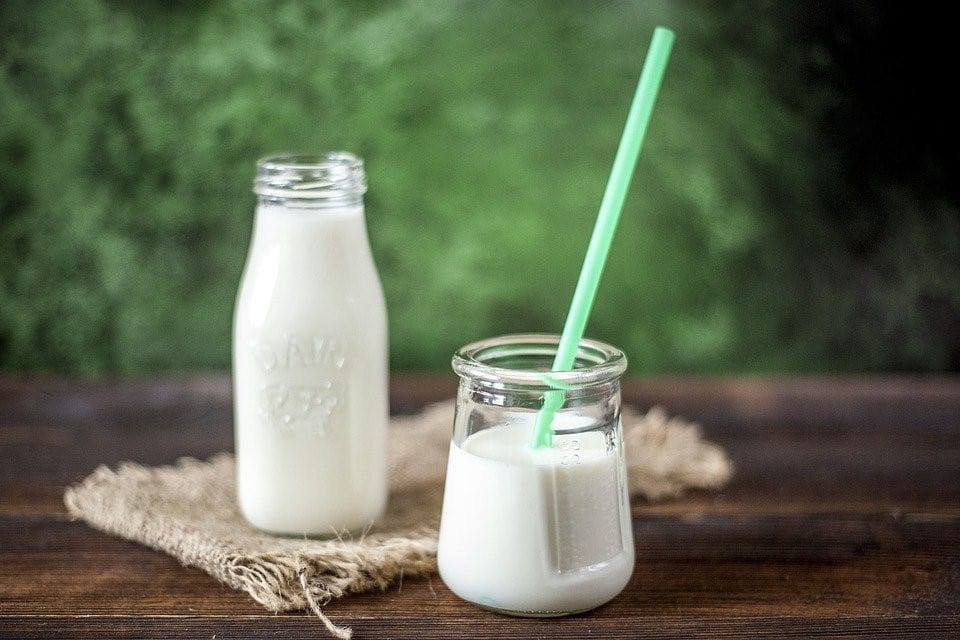
Link 3: https://pixabay.com/photos/milk-yogurt-drink-calcium-glass-3231772/
There are a number of things that affect diabetes, which are out of your control, such as aging, family history, even how you respond to stress and, currently there is no cure for diabetes. The good news is that what you choose to eat and drink on a daily basis can help to make your diabetes control better.
A dietitian can provide information and ideas to help you make better choices every day.
To read more what you can eat, as well as tips and recipes about managing diabetes check out our book “What can I eat? – Every Day Diabetes Guide: Carbs, Calories… and cake?”.
